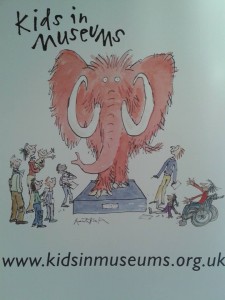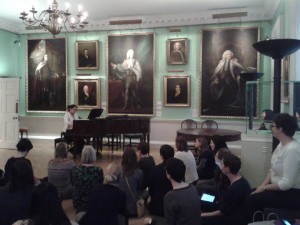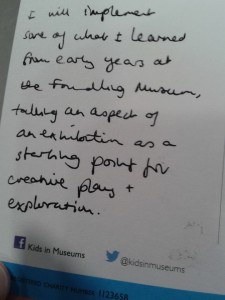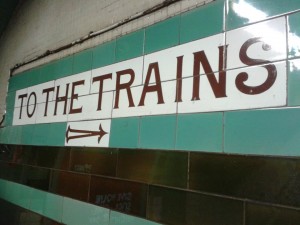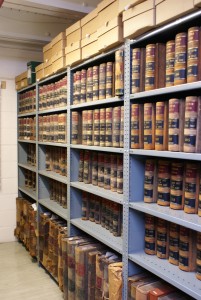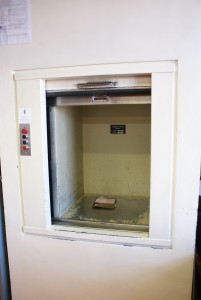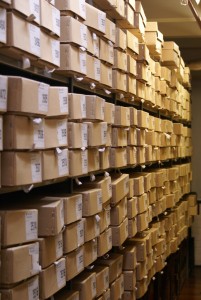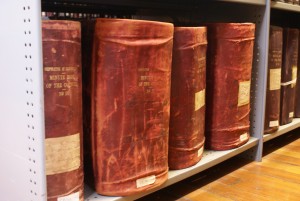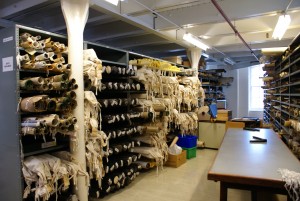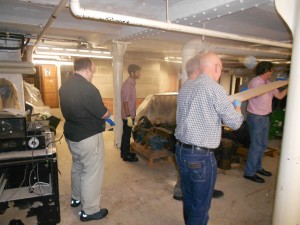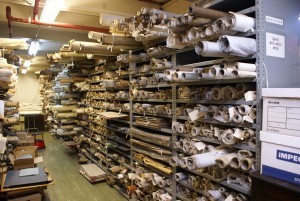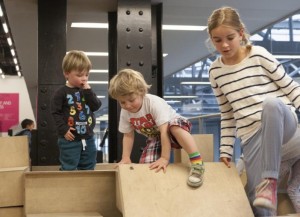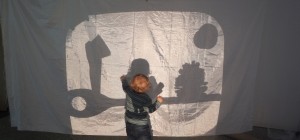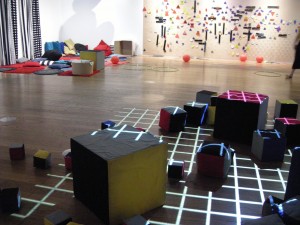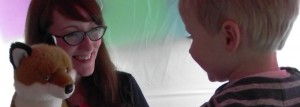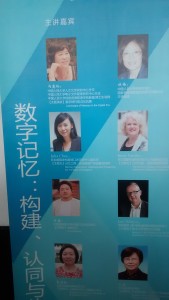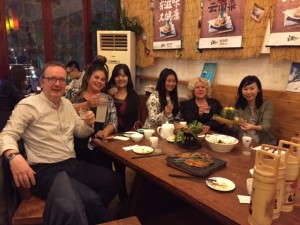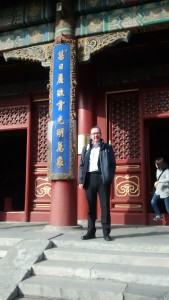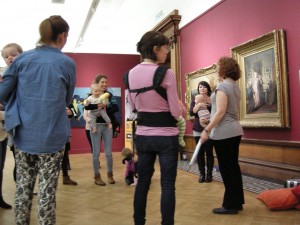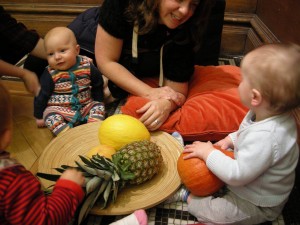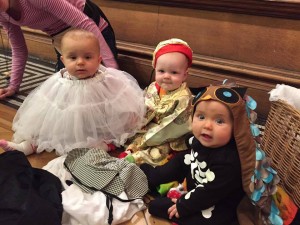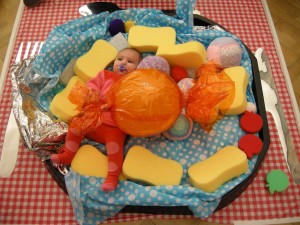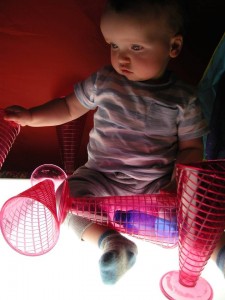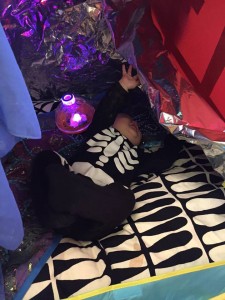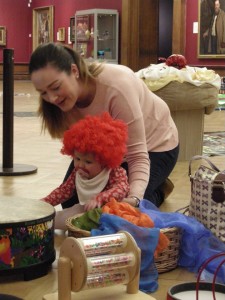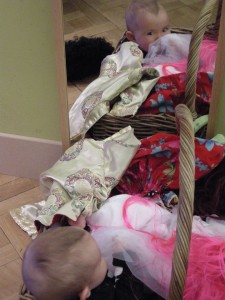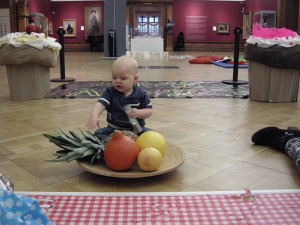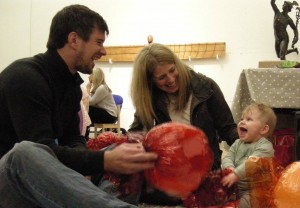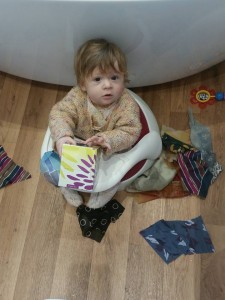I left London tired but inspired after the Kids in Museums Family Fortunes Workshop yesterday. It was a pleasure to spend the day with forty or so other museum and gallery staff, having time to really think and discuss how to engage families.
I was there to speak about my work developing the Jewish Family Art Group at the Shipley. Happily, the conference was also attended by Nic Abery of Look to Learn who does some fascinating work with Jewish (and non Jewish) schools in museums. The two of us had much to talk about from our experiences of working with the Jewish community in Gateshead and London.
In my talk I conveyed some of the key findings from the project; the importance of networking with families to become a familiar face; consulting them on the form the project should take; and ways in which I’ve gradually shifted the offer so families are now confident attending the gallery independently and regularly do so between sessions.
The event took place at the Foundling Museum in London, which I’ve been meaning to visit for years. It tells the story of the UK’s first children’s charity and first public art gallery. Particularly moving was the display of tokens of love mothers gave their children upon separation, the hope being that a button, coin or trinket would help them to identify the child in future, should reunion ever be possible. The Foundling Hospital, which continues today as the children’s charity Coram, was established in 1739 by the philanthropist Thomas Coram to care for babies at risk of abandonment. The museum celebrates the ways in which artists of all disciplines have helped improve children’s lives for over 275 years – so it was certainly a thought provoking environment in which to discuss engaging families in museums and galleries.
There were many fascinating aspects to the day, and plenty of generous sharing of ideas, tips and experiences. Overall it was real food for thought. What particularly stood out for me were the talks by Rebecca Campbell-Grey of Islington Museum, and Emma Middleton of the Foundling Museum. Rebecca talked about the museum’s work with families from a nearby Children’s Centre, in which she’s committed to using everyday materials creatively to maximise chances of parents doing the same at home. This mirrored much of my work with families, and it was great to hear that other museums also find this approach valuable. Emma’s session was similarly inspiring; first of all she wowed me with her stash of colourful cushions which I really must invest in for family sessions! Then she talked through some of the work she’s done over the course of a year with a local Sure Start setting. Emma really brought the sessions to life, illustrating them with some beautiful photos of children and parents embarking on a creative journey together. It really got me thinking about how you can take one part of the museum ‘story’ as a starting point for a wealth of making, playing, imagining and exploring with young children. Definitely food for thought as I plan forthcoming projects working with toddlers, which I hope – like this Foundling Museum project – will foster a newfound love of museums and galleries amongst the families involved.
We were also treated to a taster of Bach to Baby – classical music concerts for babies and their grown ups. We discovered how nursery rhymes like ‘twinkle twinkle’ have their origins in Mozart’s work. As well as playing for us beautifully, Bach to Baby’s founder Miaomiao Yu talked about how the concerts engage babies, children and adults simultaneously, responding to the adult audience who want an opportunity to enjoy concerts with their children. Swap ‘concerts’ for ‘exhibitions’ and you have the ethos of ‘Creative Baby!’ at the Shipley Art Gallery, in which I strive to provide opportunities for babies and their grown ups to enjoy galleries together.
Finally, we were invited to complete a postcard promising ourselves something we’ll commit to as a result of today. Mine will be posted to me at some point in the future – here’s hoping I’ll have fulfilled it by the time it arrives at the Shipley. I’m excited to get started!
